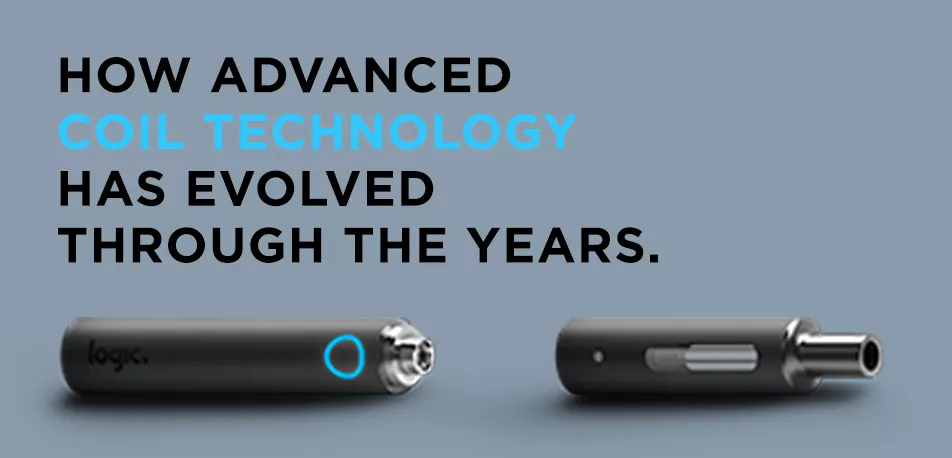
The technology behind vape designs has made some major strides throughout the years. As production strategies progressed, vape manufacturing has been enhanced.
WHAT ARE VAPE COILS FOR?
Without diving too deep into the technical side of vape components, we’ll quickly break down what coils are used for and why they are integrated into a device.
Coils control the amount of e-liquid that travels through a vape. They dictate the resistance level within the device, in turn allowing only a precise amount of e-liquid into the atomizer. This e-liquid is then converted into vapor.
HOW HAVE VAPE COILS CHANGED?
Until 2011, coil resistance remained around 2 to 2.5 ohms, with coils and atomizers as separate components with a vaping device. Vapers would prepare their coil and secure it to the atomizer, then change their coils when they noticed any build-up. This process was fairly time consuming and not ideal for the every-day vaper.
Today, many vapes, use cartomizers. A cartomizer is a pre-filled cartridge or capsule that a customer can easily change on their device. Cartomizers contain the coil, atomizer, and e-liquid. When you change your cartomizer, you are renewing all these components. This vape coil technology is what makes the devices so convenient for customers. Vapers no longer need to worry about changing coils or refilling their own tanks. Hassle is eliminated, and ease of use is enhanced.
